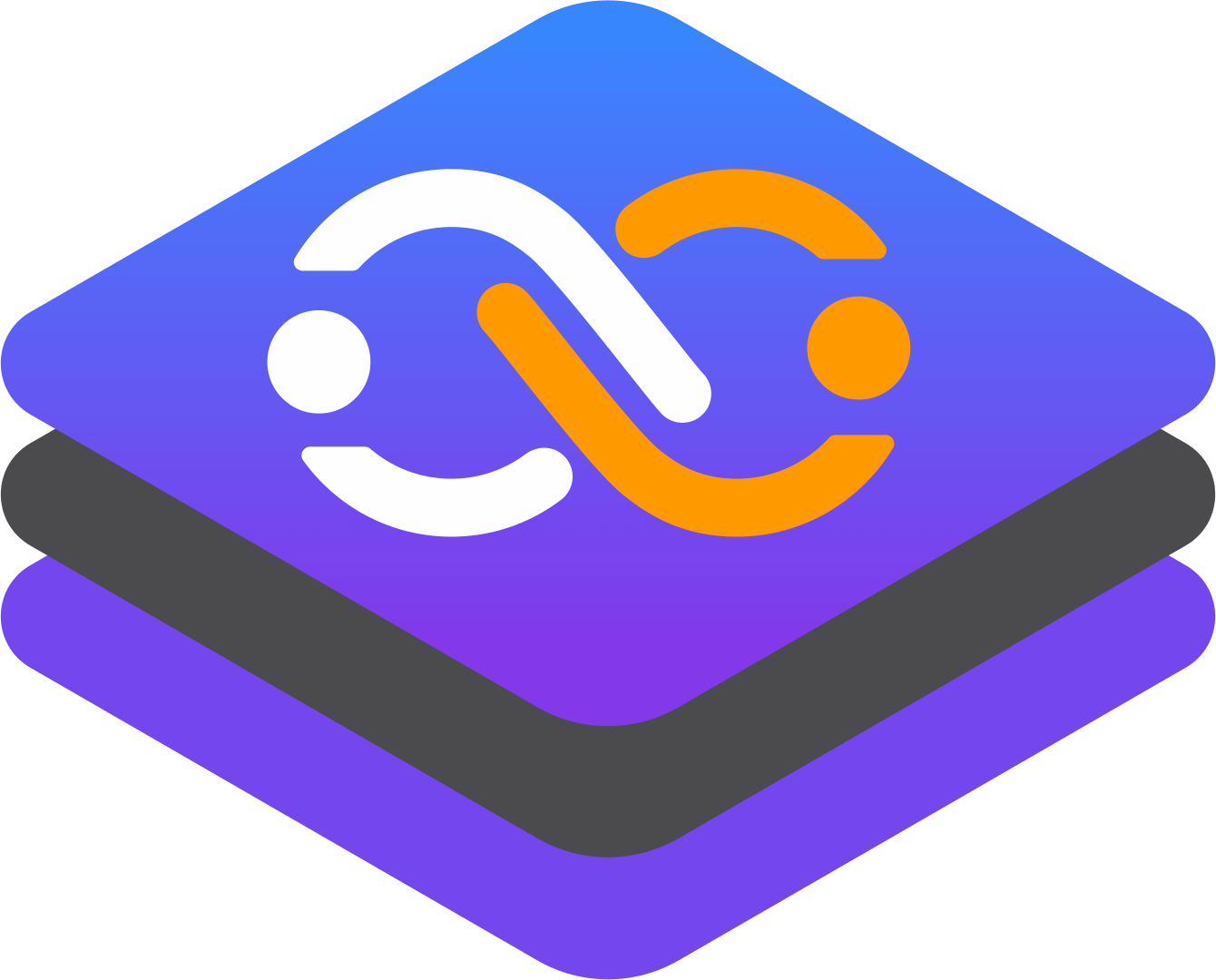Exploring the Pros and Cons of Leveraging Open Source Tools in Internal Developer Platforms (IDP)

Brief Introduction to Internal Developer Platforms (IDP)
Revolutionize your software development! Organizations, in their pursuit of operational excellence, crave streamlined processes. Internal Developer Platforms (IDP) emerge as the powerhouse solution, offering a unified space for developers to seamlessly collaborate, deploy, and manage applications. Dive into this blog to uncover the strategic advantages and potential pitfalls of incorporating open-source tools.
Significance of Integrating Open Source Tools into IDP for Modern Development Workflows
Open-source tools play a crucial role in the effectiveness of IDPs. By incorporating open-source solutions, organizations can harness the power of community-driven innovation, ensuring a dynamic and flexible development environment. This section will delve into the advantages and challenges associated with leveraging open-source tools within Internal Developer Platforms.
Open Source Tools in Internal Developer Platforms
Definition and Characteristics
1. Overview of Popular Open Source Tools for IDP
In IDPs, various open-source tools have gained prominence. Terraform, GitHub, GitHub Actions/GitLab CI, FluxCD, Prometheus, Grafana, Loki, and Kubernetes stand out as leading choices, each providing distinct features tailored to various facets of the development lifecycle. Renowned for their transparency and accessibility, these tools have become indispensable linchpins, shaping and optimizing the landscape of contemporary software development.
2. Key Features and Adaptability
The versatility of open-source tools lies in their adaptability to diverse development scenarios. From version control (Git) to continuous integration (GitLab CI) and container orchestration (Kubernetes), these tools seamlessly integrate into IDPs, providing a cohesive and efficient development ecosystem.
Advantages
1. Code Auditability for Security
One of the paramount advantages of incorporating open-source tools is the enhanced code auditability they offer. With the source code being accessible to all, development teams can scrutinize and validate the security measures implemented, mitigating potential vulnerabilities and ensuring a robust and secure application.
2. Enhanced Flexibility Through Potential Customization
Open-source tools empower organizations with the freedom to customize and tailor solutions according to specific needs. This flexibility is particularly advantageous in IDPs, allowing teams to adapt tools to their unique workflows and requirements.
3. Community-Driven Innovation and Continuous Improvement
The collaborative nature of open-source communities fuels innovation. Leveraging open-source tools in IDPs means tapping into a vast pool of developers and experts contributing ideas, fixes, and improvements. This fosters continuous enhancement, ensuring that tools remain cutting-edge and aligned with industry best practices.
4. Potentially Reduced Total Cost of Ownership
Cost-effectiveness is a significant benefit of open-source tools. Many of these tools are available free of charge, eliminating licensing fees. However, the real cost savings come from community support, which can help organizations troubleshoot issues and implement solutions without hefty consulting fees.
Challenges
1. Potential Lack of Enterprise Support for Some Tools
While community support is robust for many open-source tools, some may lack comprehensive enterprise support. In mission-critical situations, organizations may find themselves grappling with limited assistance, necessitating in-house expertise or alternative solutions.
2. Security Concerns and the Need for Thorough Vetting
Security remains a paramount concern when integrating open-source tools. The decentralized nature of development in open-source communities requires organizations to conduct thorough vetting processes to ensure that the tools meet stringent security standards and compliance requirements.
Evaluating the Fit for Your Organization
Assessing Organizational Needs and Goals
Before diving into open-source integration, organizations must meticulously assess their needs and goals. Understanding specific requirements and desired outcomes ensures that the selected open-source tools align with the organization's overarching objectives.
Considering Team Expertise and Community Support
The success of open-source tool integration heavily relies on the expertise of the development team. Assessing the team's familiarity with chosen tools and the availability of robust community support is crucial for addressing challenges and optimizing tool usage.
Balancing the Advantages and Disadvantages for Your Specific Context
Achieving a balanced approach is essential. While the advantages of open-source tools are evident, organizations must weigh them against potential disadvantages. Striking the right balance ensures a seamless integration that enhances development workflows without compromising on security or support.
Community Collaboration and Building a Culture of Contribution
Fostering Internal Collaboration Through Open Source Initiatives
Embracing open-source tools opens the door to a world of collaboration. Organizations can foster internal collaboration by encouraging developers to share knowledge, collaborate on projects, and contribute to the wider open-source community.
Encouraging Developers to Contribute Back to the Community
The essence of open source lies in reciprocity. Encouraging developers to contribute back to the community not only strengthens the ecosystem but also nurtures a culture of giving and receiving. This reciprocal relationship can lead to mutual benefits and collective growth.
Establishing Best Practices for Responsible Open Source Use
While collaboration is vital, it should be tempered with responsibility. Organizations must establish best practices to govern the use of open-source tools, ensuring compliance, security, and ethical contributions. This involves creating guidelines, conducting training, and actively monitoring open-source usage.
Future Trends and Innovations
Emerging Trends in Open Source IDP Solutions
The landscape of IDPs is dynamic, and open-source solutions continue to evolve. Exploring emerging trends such as AI-driven automation, enhanced developer experience, and deeper integration with cloud-native technologies provides insights into the future of open source in development platforms.
The Role of Open Source in Shaping the Future of Development Platforms
As technology advances, the role of open source in shaping the future of development platforms becomes increasingly pivotal. Collaboration, innovation, and community-driven development are set to play an even more significant role, in influencing how organizations build, deploy, and manage applications.
Conclusion
In conclusion, the integration of open-source tools into Internal Developer Platforms brings forth a myriad of opportunities and challenges. Organizations must consider factors such as security, community support, and customization to make informed decisions that align with their development goals.
For organizations navigating the open source seas, the key lies in strategic decision-making. Embrace open source tools that align with organizational goals, invest in team training, and actively participate in the open source community. This approach ensures a symbiotic relationship that propels both internal development and the broader open-source ecosystem.
